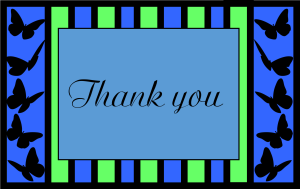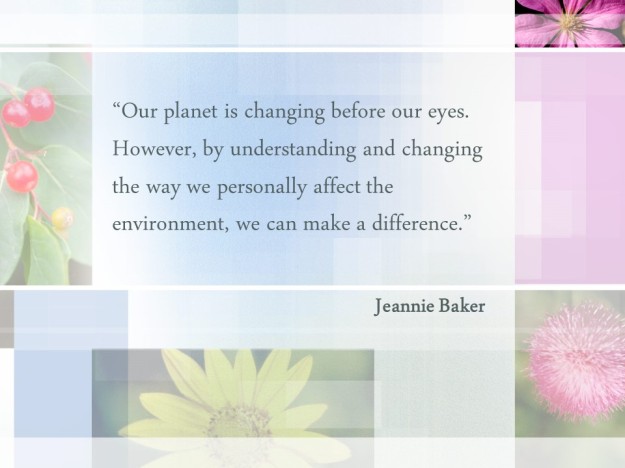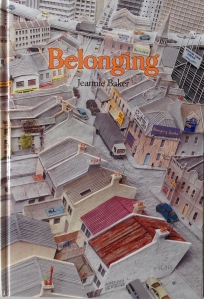
This week at the Carrot Ranch Charli Mills has challenged writers to In 99 words (no more, no less) write a story that features a pie. You can make it any kind of pie, focus on filling or crust, or tell us about the pie-maker. How does pie set a tone in a story? Does it warm the hearth or bring disappointment?
But which pie should I choose: meat, vegetable or fruit, with pastry that is short, flaky or puff? Perhaps a piece of pie for a correct answer in Trivial Pursuit?
I considered words that rhyme with pie, and what a list I made:

Forty-three words!
Maybe you can add even more.
Did you notice the variety of ways we spell the long vowel ī, as in the word pie?
There are eight:
aye uy y ye ai ie igh and i!
Isn’t it a wonder that any of us ever learned to read or spell.
Did you notice there were two ‘pie’s in my title: A piece of pie?
Did you notice that each time the three letters ‘pie’ were used, they represented different sounds?
As mature readers and writers we have no difficulty with any of these vagaries of the English language, but for beginners, they can be a challenge.
The challenge reminds me of “Old Lucy Lindy and the Pies” from Sounds of Laughter in the Sounds of Language Series by Bill Martin Jnr. In the story, Lucy Lindy loves to bake pies. She bakes all kinds of pies, including mince pies. Since all her pies looked the same with their delicious layer of pastry on the top, Lucy Lindy wanted to be sure she knew which pies were which when she took them out of the oven. She came up with a brilliant plan. She put the initials IM on the mince pies, for Is Mince. Then, on the pies that weren’t mince, she put the initials IM, for Isn’t Mince. Children laugh out loud when they realise it wasn’t such a clever plan after all.

Another lovely story for young children is “There’s some Sky in this Pie” from the collection A Necklace of Raindrops by Joan Aiken. The story has a cumulative structure similar to that of The Gingerbread Man, but with an additional sprinkle of creativity that could be used to ignite children’s own imaginative stories.
When the old woman was making a pie for the old man, she looked outside at the snow “coming down so fast out of the white sky.
“Then she went on rolling the pastry. But what do you think happened? A little corner of the sky that she had been looking at got caught in the pastry.”
When the pie was cooked and the old woman opened the oven, the pie floated across the room. The woman and man and their cat jumped onto the pie to try to stop it, but they couldn’t, and they floated away on it. From time to time they met others who called out to them,
“Old woman, old man, little puss, so high,
Sailing along on your apple pie,
Why are you floating across the sky?”
They answered:
“Because we can’t stop, that’s the reason why.”
(Notice those different ways of spelling the long ī sound again – three spellings in that short extract.)
Lucy Lindy and the Sky in the Pie are light-hearted and imaginative stories.

Another favourite pie story is Recipe for Perfect Planet Pie by Kim Michelle Toft, an Australian author/illustrator and the only illustrator anywhere to illustrate all her stories with silk paintings.
I have shared some of Kim’s work with you before here and here, and I’m certain to again as I attended the launch of her eleventh picture book Coral Sea Dreaming on the weekend and have scheduled a readilearn interview with her later in the year.
Kim is passionate about conservation, especially of our marine environment and its inhabitants. In each of her books, she uses her stunning silk paintings to ignite a wonderment in the natural world and inspire a love of and caring for the environment. Recipe for Perfect Planet Pie continues these themes.
The book reads like a recipe with a list of ingredients, a method, fourteen step-by-step instructions, and “Helpful hints” on each page. The recipe begins:
“1 To prepare the base. Sift the rich chocolate earth and crystallised minerals together. Make a well and pour in one cloud full of rain.”
and concludes:
“Serve pie immediately with a side of love and a slice of happiness.”
At the end of the book, Kim includes information about the pie’s ingredients and the importance of each. She provides suggestions that we can implement to help create a happy, healthy planet and says,
“Planet Earth is our only home and it is up to us to create change and put our knowledge into action.”
I’m sure you’ll agree with that.
For my response to Charli’s challenge I decided to go with a bit of nonsense and see how many of the rhyming words I could use to construct a pie story and still maintain some sort of sense. I wonder how successful you will think I’ve been. I managed to incorporate 28 and at least one from each of the spelling variants.
A piece of pie
Kye met Jai at the mall.
“Hi,” said Kye.
“Nice day,” replied Jai. “Look at that sky. Wish I could fly.”
“Time for a chai?”
“Aye. And maybe a pie. I’ll buy.”
“What a great guy!”
“I try!”
“I’ll have toasted rye.”
They sat high by the window and played “I spy.”
“Oh my,” said Kye, rubbing his eye.
“What? Why?”
Kye started to cry.
“Don’t mean to pry.” Sigh.
“It’s no lie. The end is nigh.”
“Will we all fry? Will everyone die?”
“No, just wish I had your piece of pie.”
“Fie! Wish I had Thai!”
“Bye.”

Thank you for reading. I appreciate your feedback. Please share your thoughts.




















